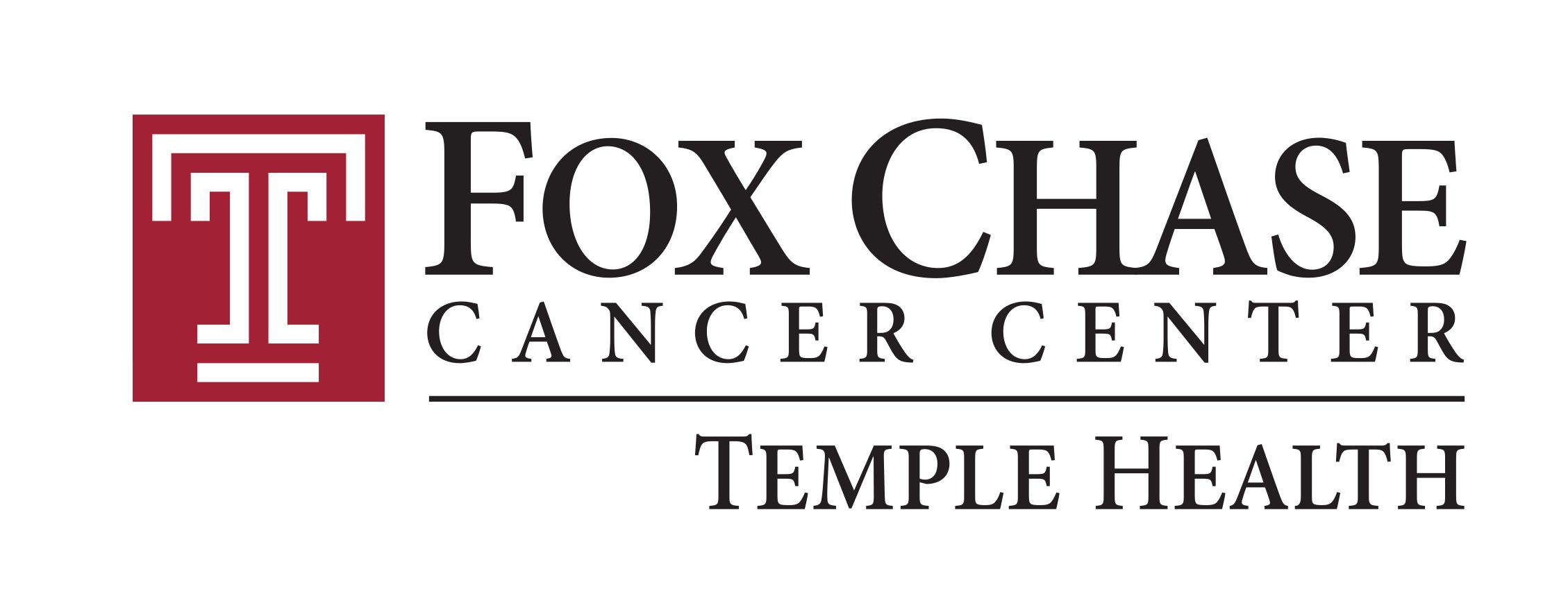- Advertise
- About OncLive
- Editorial Board
- MJH Life Sciences brands
- Contact Us
- Privacy
- Terms & Conditions
- Do Not Sell My Information
2 Clarke Drive
Suite 100
Cranbury, NJ 08512
© 2025 MJH Life Sciences™ and OncLive - Clinical Oncology News, Cancer Expert Insights. All rights reserved.
Cultural Competency and Respect Are Crucial for Addressing Disparities in Cancer Care
Akina Tamaki, MD, highlights treatment considerations, the therapeutic arsenal, and surgical advancements in head and neck cancer.
With persistent disparities in access to cancer screening and subsequent treatment outcomes among minority populations, greater emphasis must be placed on culturally competent care in clinical practice to better align care delivery with patients’ diverse cultural backgrounds, support systems, and health care needs, according to Akina Tamaki, MD.
“It’s crucial as providers to be interested in culturally competent care. It is integrated into some of our medical schools and our residency training, but I don't think that it is hammered home enough,” Tamaki said in an interview with OncLive® during National Minority Cancer Awareness Month, which is observed annually in April. “Gaining that competence is going to be in our day-to-day clinical work. Being open to understanding other people's cultures and backgrounds and respecting their cultural norms is very important.”
During the interview, Tamaki discussed the importance of shedding light on disparities in the quality of and access to cancer care among minority populations, particularly Asian patients; differences in cancer prevalence among racial and ethnic groups; and the importance of cultural respect when interacting with patients from diverse backgrounds.
Tamaki is an associate professor in the Department of Otolaryngology-Head and Neck Surgery at the Lewis Katz School of Medicine at Temple University and Fox Chase Cancer Center in Philadelphia, Pennsylvania.
OncLive: What is the importance of National Minority Cancer Awareness Month?
Tamaki: The United States is a very multicultural place, and as physicians and as a country, we're going to see a lot of people who come from diverse backgrounds. Spreading awareness is important because not all cancers are managed equally. There are certain cancers that tend to afflict different minority populations more, and vice versa. Some seem to be more [prevalent] in a Caucasian population but are not seen as much in minority populations—we need to be aware of that. In addition, minority populations oftentimes [include] people who are underserved in the medical community, so they might not be getting routine health care. They are often the ones who are not getting routine surveillance, including mammograms, pap smears, or colonoscopies. There's plenty of research that shows that the rate of minorities, especially in the immigrant population, getting those routine screenings is very low. Therefore, these people may develop more advanced cancers because they're missing the first screening, which might catch [their cancer] earlier.
You recently spoke about the need for improved cancer care within a diverse Asian patient population. Why is it so important to understand the differences in cancer and cancer care across all racial or ethnic groups?
[Several] different types of cancers that seem to be more predominant in the Asian population. First of all, the number of people who identify as Asian [in the world] is enormous. It's essentially 60% of the entire population. We're talking about 50 different national ethnic minority groups, with 100 different languages spoken. With that said, it's not necessarily fair to clump and generalize them into groups. Different types of cancers are exceedingly high in the Asian population. In particular, hepatocellular carcinomas are disproportionately high in the Asian population, mostly because they're linked to hepatitis B and C. Gastric cancers are also exponentially high in terms of incidence as well as overall mortality in the Asian population. As a head and neck cancer surgeon, I will also note that there is an exceedingly high number of oral cancers in the Asian population. This is often [attributed to] social use of different types of chewing tobacco products that may be very popular in South Asia. In my practice and across the globe, there is a very high number of patients who have oral cavity cancers, which is far higher than the non-Hispanic White majority in the United States that we may be comparing them with.
What factors may affect the quality of care for minority populations?
It’s very important to talk about cultural competency and cultural respect as providers. It requires us to treat and work with a diverse group of patients and be respectful of their different cultural backgrounds. [We have to consider] things like race, which could affect screening and diseases people could be at higher risk for.
Language barriers are a [challenge] that we encounter as providers every single day. At most large academic institutions, we have medical translators who are available [to help], which is crucial for the delivery of comparable care to non–English-speaking patients. Even considering the role of the family in treatment [decision-making] is important. Although this is not necessarily specific to the minority population, it's particularly important for patients in the minority population who may even have a language barrier. It’s much easier to treat a patient when they have a [strong] support system.
Another big thing is access to health care. [Minority] patients may not have insurance, may be undocumented, and—especially in today's climate—they may be even afraid to access health care. This may not be the case for all minorities, but for Asian minorities in particular, there may be a hesitance to complain or share ongoing ailments. At that point, once people are seeking medical intervention, they may be at a further stage than if it had been caught earlier. We need to make sure we're providing consistent, excellent care to all our patients.
Related Content:





